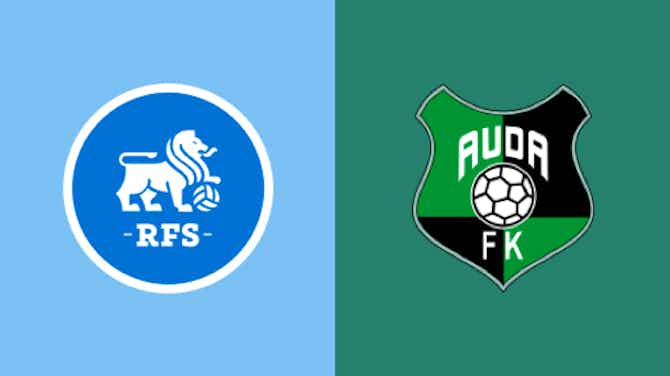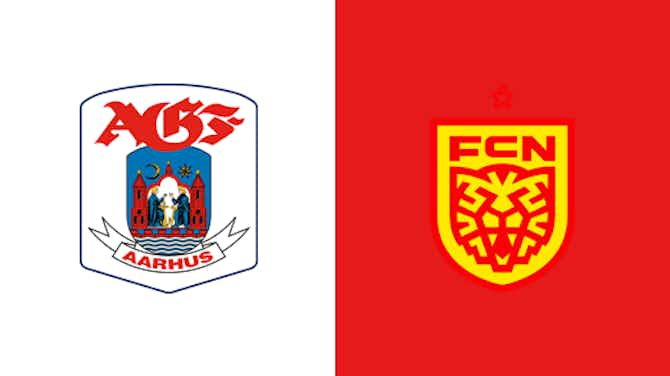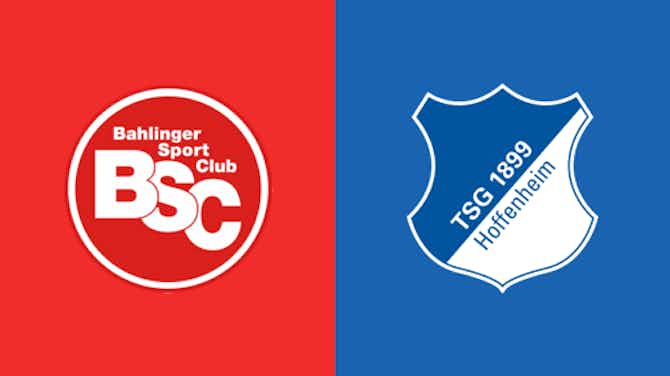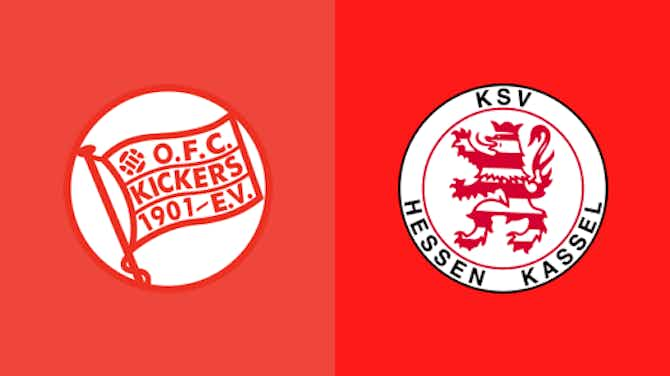Football League World
·14 April 2024
Brentford FC: 2015 signing shows that Matthew Benham's model didn't always work: View

Football League World
·14 April 2024

Since Matthew Benham took control of Brentford FC, he has transformed the club and gained them a reputation as a club with an eye for savvy transfers.
However, in 2015, the club's model of using statistics and suitability in style to make transfers resulted in one of the club's biggest transfer flops.
Philip Hofmann was signed with the expectation that he would help replace departed forward Andre Grey, cement the club in the Championship with plenty of goals and use good form to potentially push the club towards the Premier League.
Instead, he made only 31 appearances in the Championship for the Bees, and scored a hugely disappointing four goals across two years with the club.
Before joining the West London side, the 6ft 5in striker spent time playing for a couple of lower tier sides in Germany. Having come through the academy of once-great Bundesliga side Schalke 04, the German would see most of his time with the Gelsenkirchen outfit out on loan at SC Paderborn and FC Ingolstadt 04.
Neither spell brought many goals, with the giant forward netting 20 goals across 64 games between the two clubs.
After failing to impress his parent club, he was allowed to leave for 1. FC Kaiserslautern, where, once again, he failed to find any consistent form, spending the majority of his one season at the club appearing as a substitute and only finding the net six times. Therefore, it is perhaps ironic that what he is best known for at the club is for missing from one yard out in a match against Union Berlin.
Upon signing for Brentford in 2015, Hofmann may have already seen himself struggling to fit into the team, as, alongside signing him, Benham and then-manager Marinus Dijkhuizen sanctioned the incomings of experienced EFL striker Scott Hogan and impressive Danish forward Lasse Vibe.
The three were signed to compete for the side's single striker role after Andre Gray's departure to Burnley.

Andre Gray of Burnley in action with Nathan Clarke of Bradford City
Action Images via Reuters / John Clifton
Livepic" data-image-id="67792" data-mobile-optimized="true" height="1805" src="https://static0.footballleagueworldimages.com/wordpress/wp-content/uploads/2022/05/2016-07-23T152754Z_1_MT1ACI14485870_RTRMADP_3_SOCCER-ENGLAND-BDC-1-scaled.jpg" width="2560" />
After under-performing as manager, the Dutch coach Dijkhuizen was sacked and in came Lee Carsley on an interim basis.
At this point, however, Hofmann was already on the fringes of the squad, having suffered many small injuries preventing him from cementing his place. When Dean Smith was hired as the next permanent boss, Hofmann's luck didn't change, as he would spend the remainder of the campaign continuing to suffer injury after injury, scoring his only four goals for the club across 21 appearances that year.
When his second, and final, season came around, there was hope for Hofmann, as the striker returned to pre-season injury free. However, that hope was soon diminished when it was revealed he had reported back overweight.
Already on the back foot, the German then spent the season stuck behind Hogan and Vibe in the pecking order, and despite words from Dean Smith urging him to work harder to earn a starting place, the forward made only ten league appearances, where he wouldn't find the net once. Therefore, in the summer of 2017, Hofmann left the Bees for an undisclosed fee and returned to Germany.
Matthew Benham has certainly raised eyebrows with his transfer policy.
The owner, who has been in charge of Brentford since buying them back in 2007 and obtained full control from the Brentford Supporters Trust in 2012, often likes to cash in on his best players, but only when the time is right. Profits made on these sales are then usually reinvested into finding unearthed gems for extremely cheap pricetags.
Many journalists have coined this a 'moneyball' approach, naming it after the 2011 film about MLB team Oakland Athletics, who's approach was to use stats to find cheaper, undiscovered players to replace a singular star player.
The Bees' owner, who has spent his career away from football as a professional gambler, has often rubbished this phrase though and instead explains that, along with stats, careful planning and an incredible amount of teamwork contribute when choosing the club's next signings.
Speaking to Brentford's official club website in 2022 to celebrate a decade of full control of the club, Benham said, "Basically, I’ve always been of the opinion that decisions are best made not by all powerful leader, but by consensus.
"Not by ‘groupthink’, where everyone just agrees, but where you have a group in which everyone is allowed to have their own independent thoughts, there's vigorous debate and decisions aren't weighted by the seniority of the person giving their opinions.
"It’s much more qualitative than quantitative. The role of analytics is more subtle, as personal connections and relations also play a part."
Heading back to when Hofmann departed in the summer of 2017, in that window notable additions to the side were made thanks to the cash from Hofmann's transfer, as well as other departures. These incoming transfers would help the West London team finally make the step-up to the Premier League after years of being the so-called 'nearly men' in the playoffs and fulfill Benham's ambitions.
The cheap fees paid for Maupay and Watkins had pundits, fans and opponents in absolute shock when both players realised the potential seen in them by Brentford.
Frenchman Maupay paid his fee back almost instantly, netting 13 goals in his first season and finishing it as the club's top-scorer. Then, in his second season, he would cement a first team spot and continue to fire in goals for the Bees, scoring an amazing 28 goals in 49 appearances, but the team failed to shine in the league, and ended up in mid-table. This magnificent form, though, saw him sold to Brighton for almost ten times his original fee, as the Seagulls paid £20m for his services, according to Sky Sports.
Maupay's transfer then gave Watkins the chance for him to stake his claim for a first team spot, and he did, almost equalling the Frenchman's tally, in his only season as first choice striker, with him scoring 26 goals across 50 appearances that season. Brentford would end up losing out in the playoff final to rivals Fulham, denying them a chance to keep hold of their star man.
Watkins' stellar form saw him also depart for big money, this time to Aston Villa for £28m (with the potential to rise to £33m according to BBC Sport), and allowed the club to sign a certain Ivan Toney, and everybody knows the story from there.
Marcondes, then, does seem to be the outside man in this listing, but he perhaps played the biggest role of all those 2017 arrivals. The Danish midfielder, in what would be his last game for the club, scored the second goal of Brentford's 2-0 playoff final victory against Swansea City, ensuring the side won promotion to the Premier League. Despite not being a huge goalscorer for the club, this third and final goal was certainly the biggest of his Brentford career.
So, while you can look back on Hofmann's transfer back in 2015 and label it, among others, as a huge failure for the club and for Benham himself, there is no denying that his departure helped lay the foundations for promotion success. His replacements helped fire in plenty of goals, secured both Benham and Brentford millions of pounds in return, and lastly, allowed the club to finally compete in England's top tier.






























































